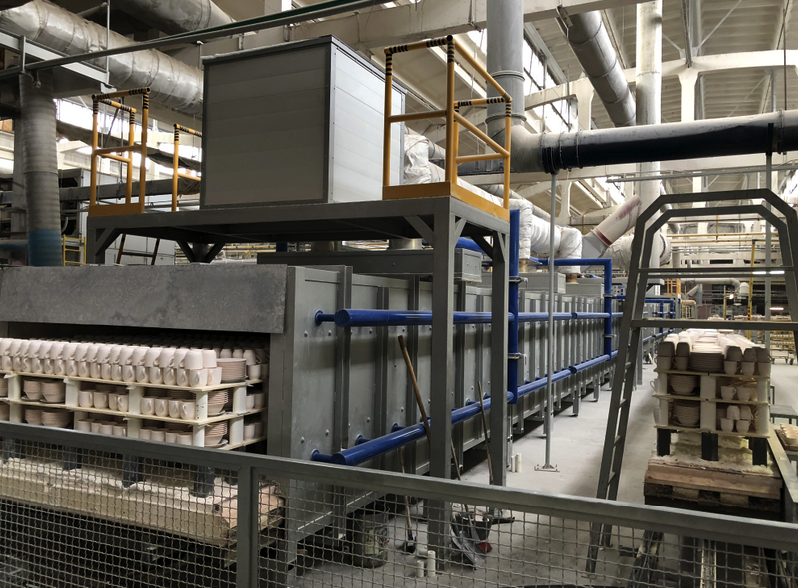Hard porcelain
The correct definition of hard porcelain

The term "hard porcelain" is originally a purely German quality designation, which has only been used in international linguistic usage for a few years. In the meantime, however, the term "hard porcelain" has also become established in English and stands for high fired porcelain or ceramics. The majority of German porcelain brands (e.g. Bauscher, Kahla, Schönwald, Seltmann and many others) produce hard porcelain. According to the teachings of the "father of porcelain", Dr. Wilhelm Pukall, hard porcelain is created by two essential characteristics.
- The body is covered with a feldspar glaze.
- During firing, the sintering of the body and the melting of the glaze take place together.
These prerequisites can be read very easily and understandably. Behind them, however, there are an unbelievable number of dependencies on concrete factors, which can easily be derived in a formal way as follows:
The modern hard porcelain is high fired ( > 1.320 °C) feldspar porcelain and with this designation of quality not only underlines the purity of the raw materials but also the special durability of an extremely hard fired body.
Hard porcelain from Holst Porzellan = high fired feldspar porcelain!
